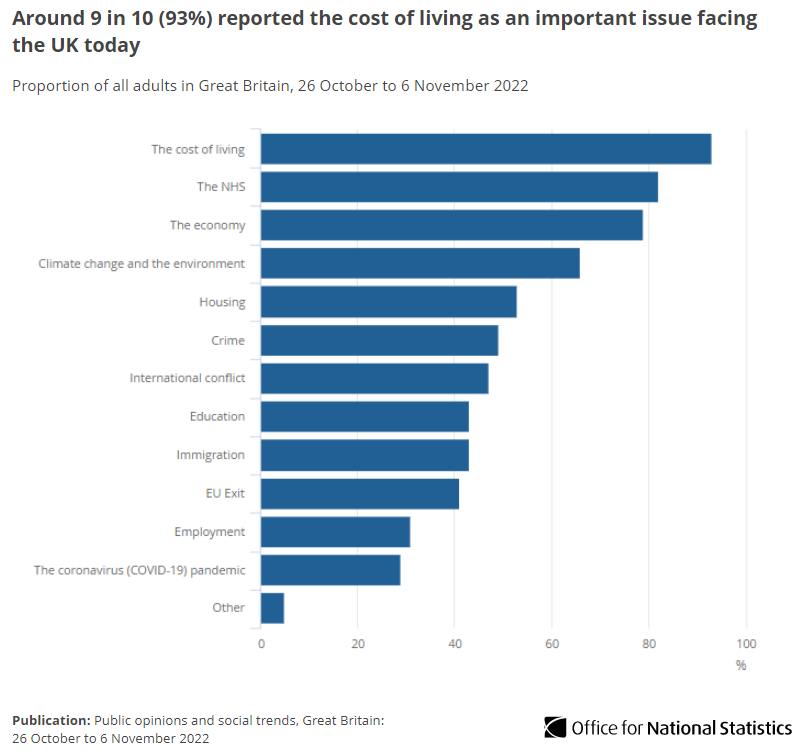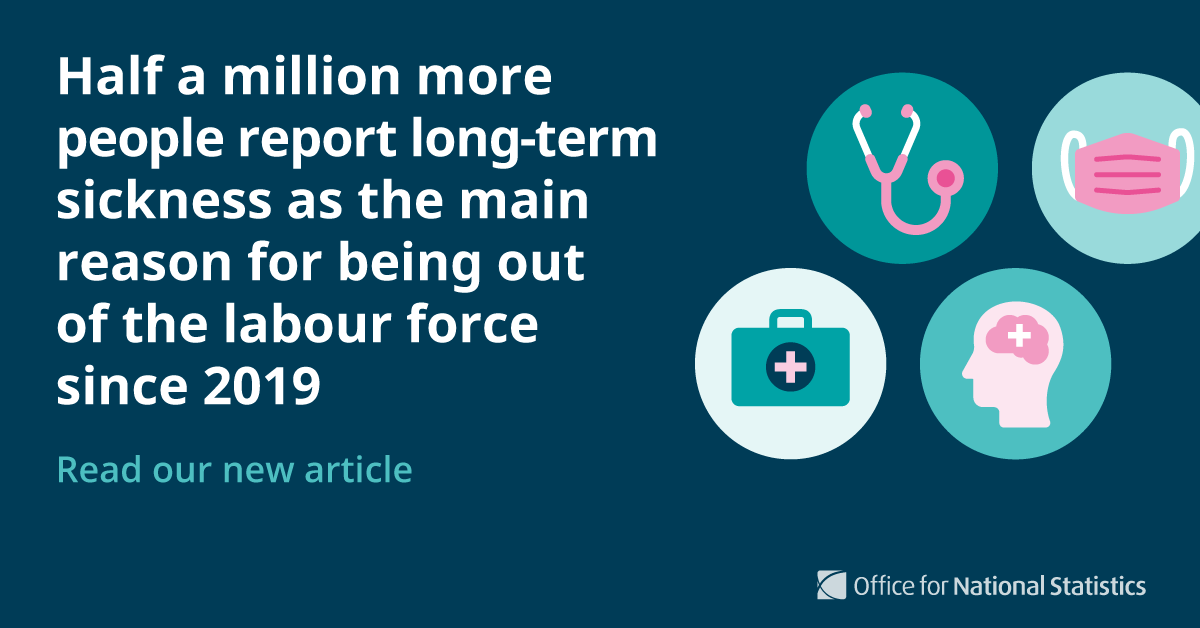
Am y tro cyntaf, rydyn ni wedi casglu gwybodaeth #Cyfrifiad2021 am y boblogaeth cyn-filwyr.
Dywedodd 1,853,112 o bobl yng Nghymru a Lloegr eu bod wedi gwasanaethu yn lluoedd arfog y DU yn y gorffennol (3.8% o breswylwyr arferol dros 16 oed).
➡️ ow.ly/Uo7Q50LzC5K
Dywedodd 1,853,112 o bobl yng Nghymru a Lloegr eu bod wedi gwasanaethu yn lluoedd arfog y DU yn y gorffennol (3.8% o breswylwyr arferol dros 16 oed).
➡️ ow.ly/Uo7Q50LzC5K
Roedd gan 7% (1.7 miliwn) o'r holl gartrefi yng Nghymru a Lloegr o leiaf un person a oedd wedi gwasanaethu yn lluoedd arfog y DU.
O blith y cartrefi hyn:
▪️ roedd 96% yn cynnwys 1 cyn-filwr yn unig
▪️ roedd 3.9% yn cynnwys 2 gyn-filwr
▪️ roedd gan 0.1% 3 chyn-filwr neu fwy
O blith y cartrefi hyn:
▪️ roedd 96% yn cynnwys 1 cyn-filwr yn unig
▪️ roedd 3.9% yn cynnwys 2 gyn-filwr
▪️ roedd gan 0.1% 3 chyn-filwr neu fwy
Yng Nghymru, yr awdurdodau lleol â'r gyfran uchaf o gyn-filwyr oedd:
▪️ Conwy (5.9%)
▪️ Sir Benfro (5.7%)
Yr awdurdodau lleol â'r gyfran uchaf o gartrefi ag o leiaf un cyn-filwr oedd:
▪️ Conwy (10.2%)
▪️ Ynys Môn (9.9%)
▪️ Conwy (5.9%)
▪️ Sir Benfro (5.7%)
Yr awdurdodau lleol â'r gyfran uchaf o gartrefi ag o leiaf un cyn-filwr oedd:
▪️ Conwy (10.2%)
▪️ Ynys Môn (9.9%)
Mae'r awdurdodau lleol hyn yn cynnwys sefydliadau milwrol, neu wedi'u lleoli wrth eu hymyl, gan awgrymu bod cyn-filwyr lluoedd arfog y Deyrnas Unedig yn tueddu i aros yn yr un ardaloedd ar ôl iddynt adael y lluoedd arfog. ️
➡️ ow.ly/Uo7Q50LzC5K
➡️ ow.ly/Uo7Q50LzC5K
• • •
Missing some Tweet in this thread? You can try to
force a refresh



















